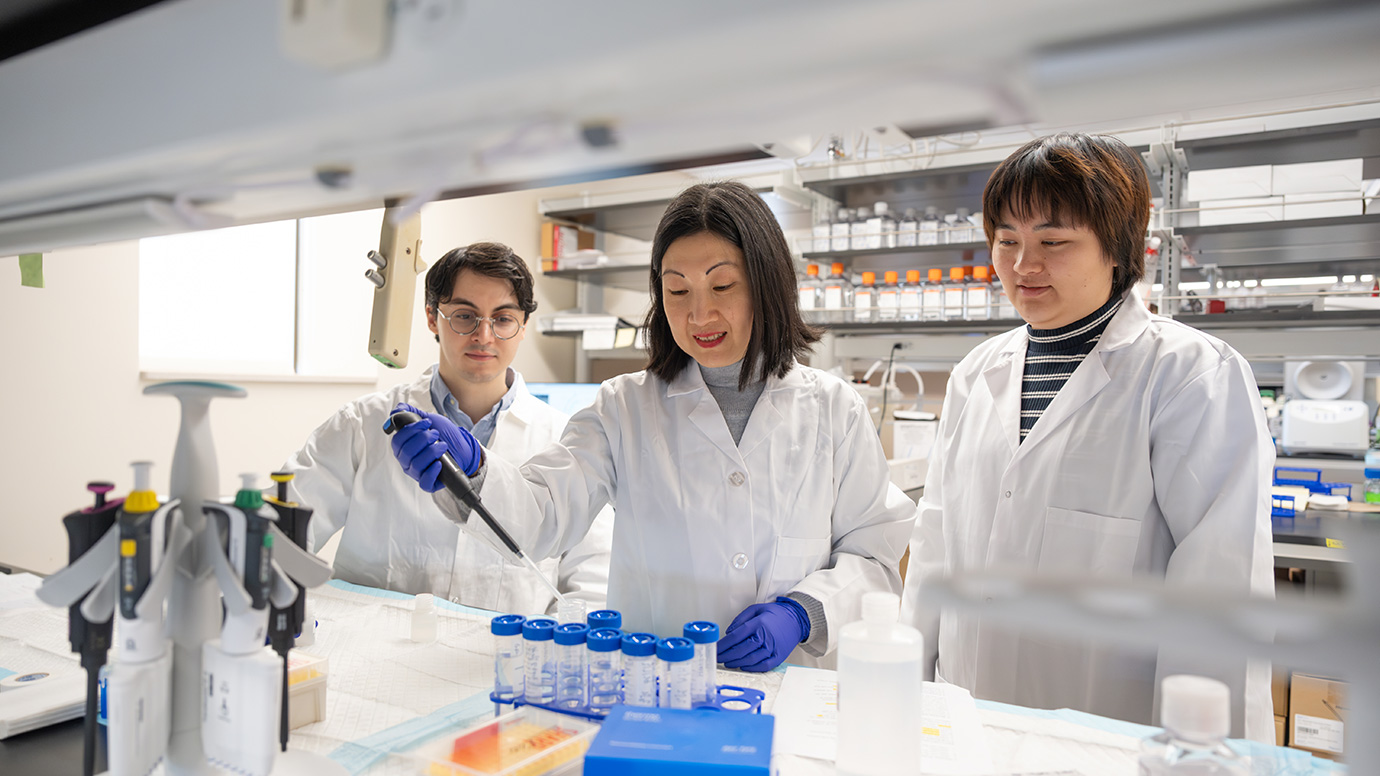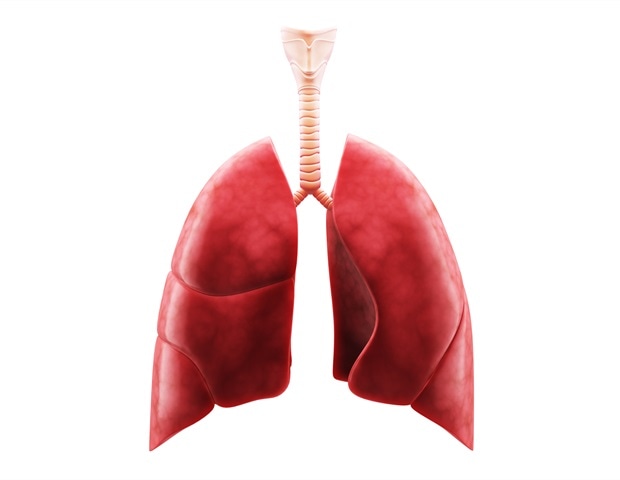Chen Lab: New ways to grow cells to protect our lungs from disease

Why is it important to study lung disease?
Chen: The lungs are one of the very few organs that are directly connected to the outside environment, so they are uniquely vulnerable. They are exposed to the air, to the atmosphere, and they have very suitable conditions for microbes: warm temperatures and ample blood supply. So there are many threats—pathogens like viruses, bacteria, or fungi, as well as pollution and smoking. In my lab, we are particularly interested in studying both genetic diseases like cancer and also infectious disease.
What makes studying disease in the lungs so hard?
Chen: Lung structures are so beautiful, but yet so complex. Because of these complexities, diseases can happen in different locations of the lung system, and we have to apply different strategies to study each of them. It also means that recreating tissue or cell systems to study lung cancer in the lab is relatively challenging compared to other organs.
So one of the main directions in my lab is to be able to grow miniature human lung tissue and systems in the lab to study them. We want to create multicellular structures that mimic different parts of the lungs, and to study how these complex systems, including the immune system, the pathogens, and disease cells interact. It is also important to be able to test new therapies in a structure that behaves like a real lung.
How do you recreate a lung structure in the lab?
Chen: We work with a type of stem cell called a pluripotent stem cell, which can convert themselves into other kinds of cells as needed. In 2012, a group led by Dr. Shin Yamanaka received a Nobel Prize for finding a way to make pluripotent stem cells from adult cells, so you don’t need embryonic stem cells. With this technology, known as iPSC, you could take any cell from your body and convert it into any other kind of cell.
We use this technique in our lab. We are very pleased with the results—we showed that we can generate any of the major cell types found in the lining of the human airway, called the epithelium. We can make these mini-tissues in unlimited amounts in culture dishes. We can even grow them into small 3D structures, what we call “organoids,” which is more similar to how they would grow in a person than a simple flat layer. And then we can study the interaction between these host cells and other types of cells, or with pathogens, or toxins.
We can make all of these structures from a few cells from any individual person.
link






